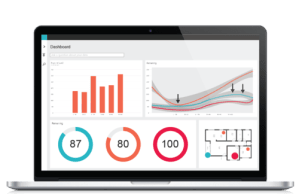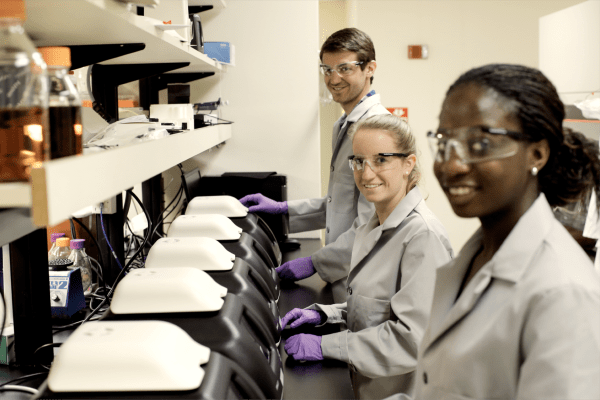A startup based in Branford, Connecticut, Ancera Inc. has raised $8.9 million in Series A funding for technology that helps food producers detect contaminants faster than other methods will allow.
The company’s mission is to prevent food waste, recalls or worse, the spread of food-borne illnesses, said Ancera CEO and founder Arjun Ganesan.
Investors in the deal included: Glass Capital Management, a Florida-based family fund; and corporate strategic backers Packers Sanitation Services (PSSI), Metabiota and other unnamed investors.
The new round brings the company’s total capital raised to $12.3 million.
For the unfamiliar, PSSI and Metabiota are big names in food safety. PSSI provides cleaning and sanitation services to food processors in North America. And Metabiota conducts risk assessments and data analysis for corporations and government agencies, internationally, with a focus on finding and mitigating biological threats.
Common biological threats in the food industry include: salmonella, e. coli, Listeria and other contaminants that make people very sick, and can even cause fatalities.
According to the Centers for Disease Control and Prevention, one in six people get food poisoning every year, representing some 48 million people — including 128,000 who require hospitalization and 3,000 fatalities.
Ancera’s first hardware product, launching next month, is a small printer-sized instrument called the Piper, which uses disposable cartridges about the size of a smartphone, also made by the startup.
Piper allows quality control professionals who do not have training in biology to conduct precise testing of their company’s produce, poultry or other foods, at different checkpoints in their supply chain.
Piper can detect and quantify salmonella in a sample within one to eight hours. It works in conjunction with Ancera’s analytics software, which stores data and delivers reports on the status of everything from raw ingredients to products shipping out the door.
Prior testing methods used in the food industry involve gathering a sample and growing bacteria on a culture like agar, and sending it to a lab to quantify the levels of unwanted organisms with a series of washes that can diminish the yield and quality of the data presented in test results. These tests take 30-50 hours, typically, or up to five days.
According to Ganesan, Ancera instead sorts microbes in a food sample and pushes them up against a sensor agent, then takes pictures of the microbes, counting the number of them in a sample. This alleviates the need to wait for cells to grow into quantities large enough for sensors to detect them.

Ancera’s data analytics platform tells food companies when contaminants are present in their supply chain.
Cell sorting has another benefit, the CEO explained: “Every other platform on the market destroys cells in the testing process. We gather cells and do not destroy them, which means you can take them immediately into sequencing, and figure out the root cause of your problem, which is to say exactly where the salmonella originated in your supply chain.”
Glass Capital Management’s Carl Zwerner said investors expect the company to use its funding primarily on hiring, and to move into commercial production and distribution of its testing instruments and cartridges.
Zwerner noted that the company had previously attracted grant funding from federal offices, secured patents and attained commitments from two major food industry players, a chicken and a produce business, to begin using its technology for salmonella testing, soon.
“We wanted to fund this whole thing so that Arjun could just focus on scaling up,” he said. “You can easily see society’s need for something like this if you have ever had food poisoning yourself.”
Ganesan said Ancera will also use the funding for research and development, adapting its systems to test for other food contaminants like e. coli.
